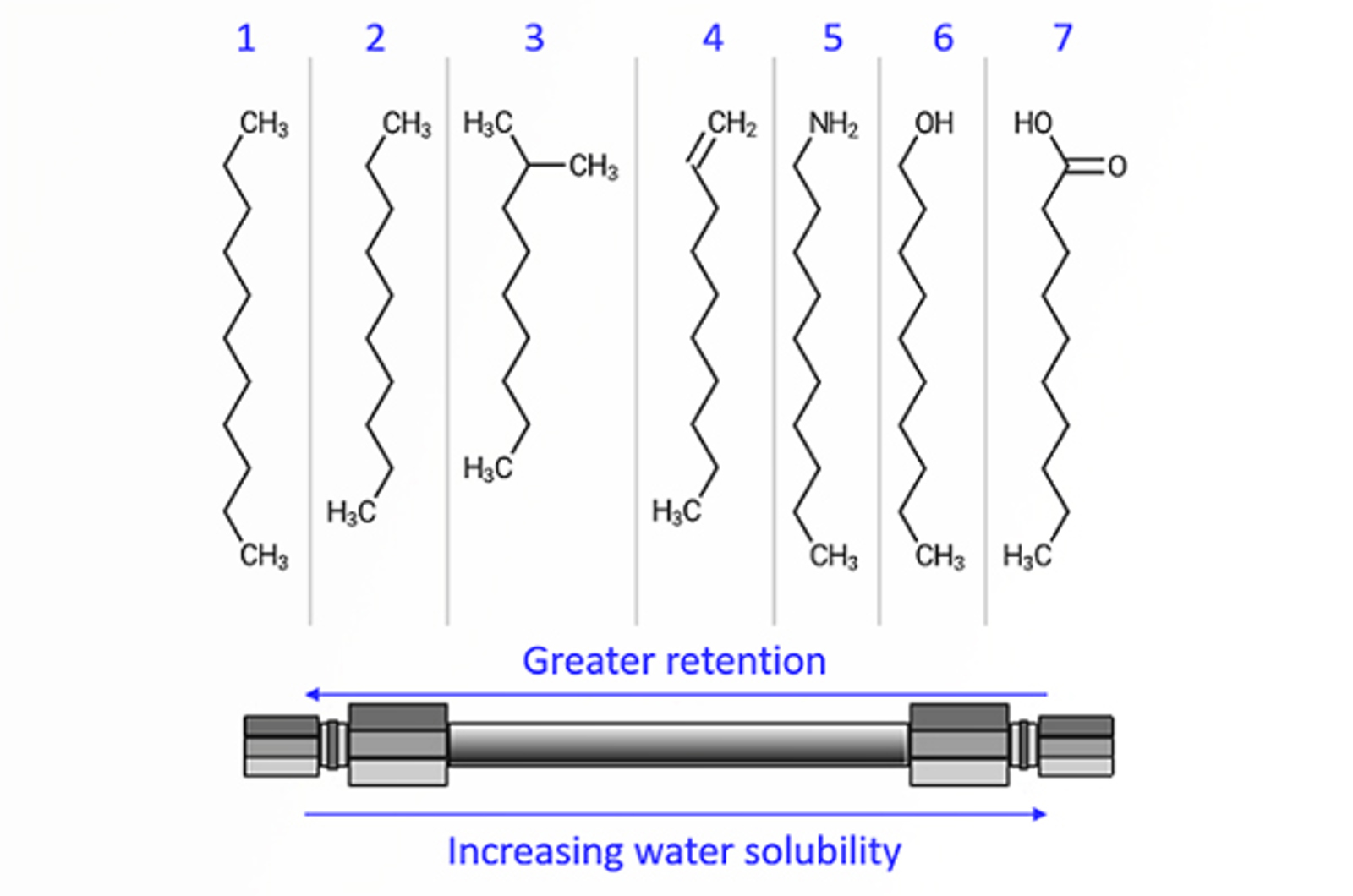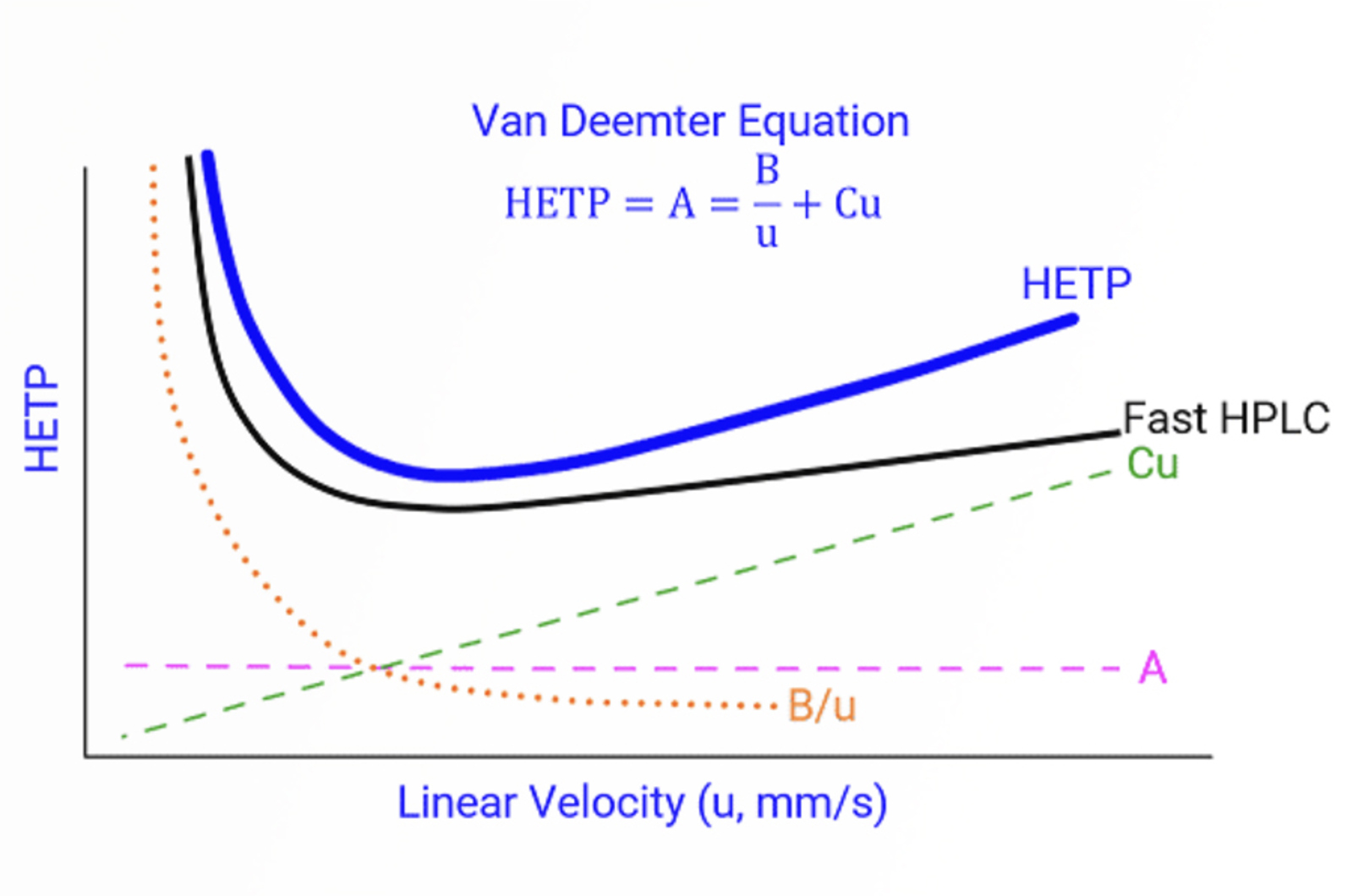HPLC for New Analytical Scientists
This learning path covers essential skills for new analytical scientists using HPLC; from fundamental scientific theory and instrument setup, to more advanced fast HPLC techniques.
14 Modules
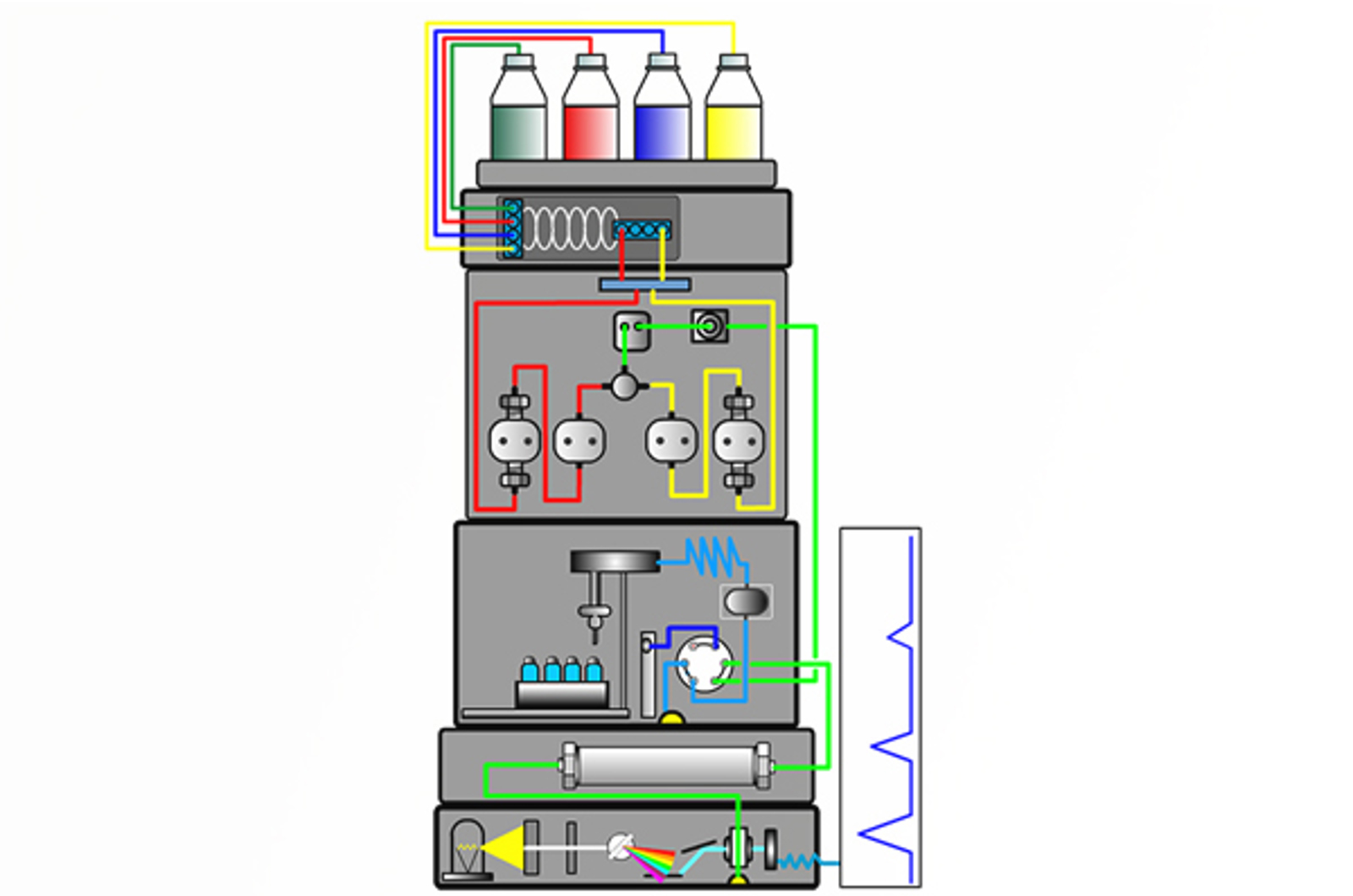
14 Items

HPLC Introduction
The aim of this module is to give a brief history of liquid chromatography and compare and contrast high performance liquid chromatography (HPLC) with gas chromatography (GC). Liquid chromatography (LC) is explained, and the function of each component of the HPLC system discussed. The chromatogram is also introduced.
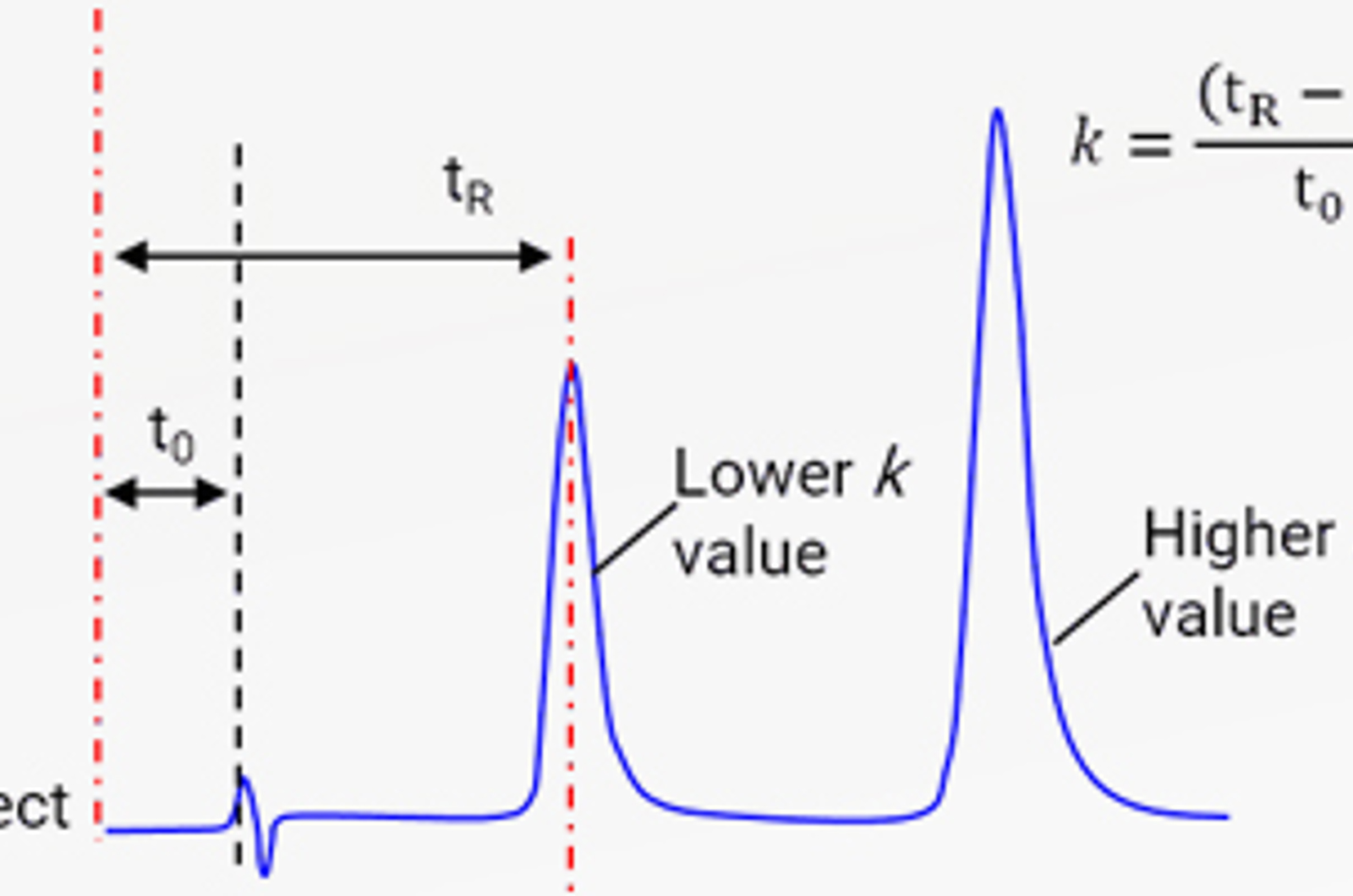
HPLC Chromatographic Parameters
The aim of this module is to introduce and explain the concept of chromatographic resolution. The resolution equation will be defined and its dependence on the chromatographic parameters retention factor, selectivity, and efficiency illustrated.
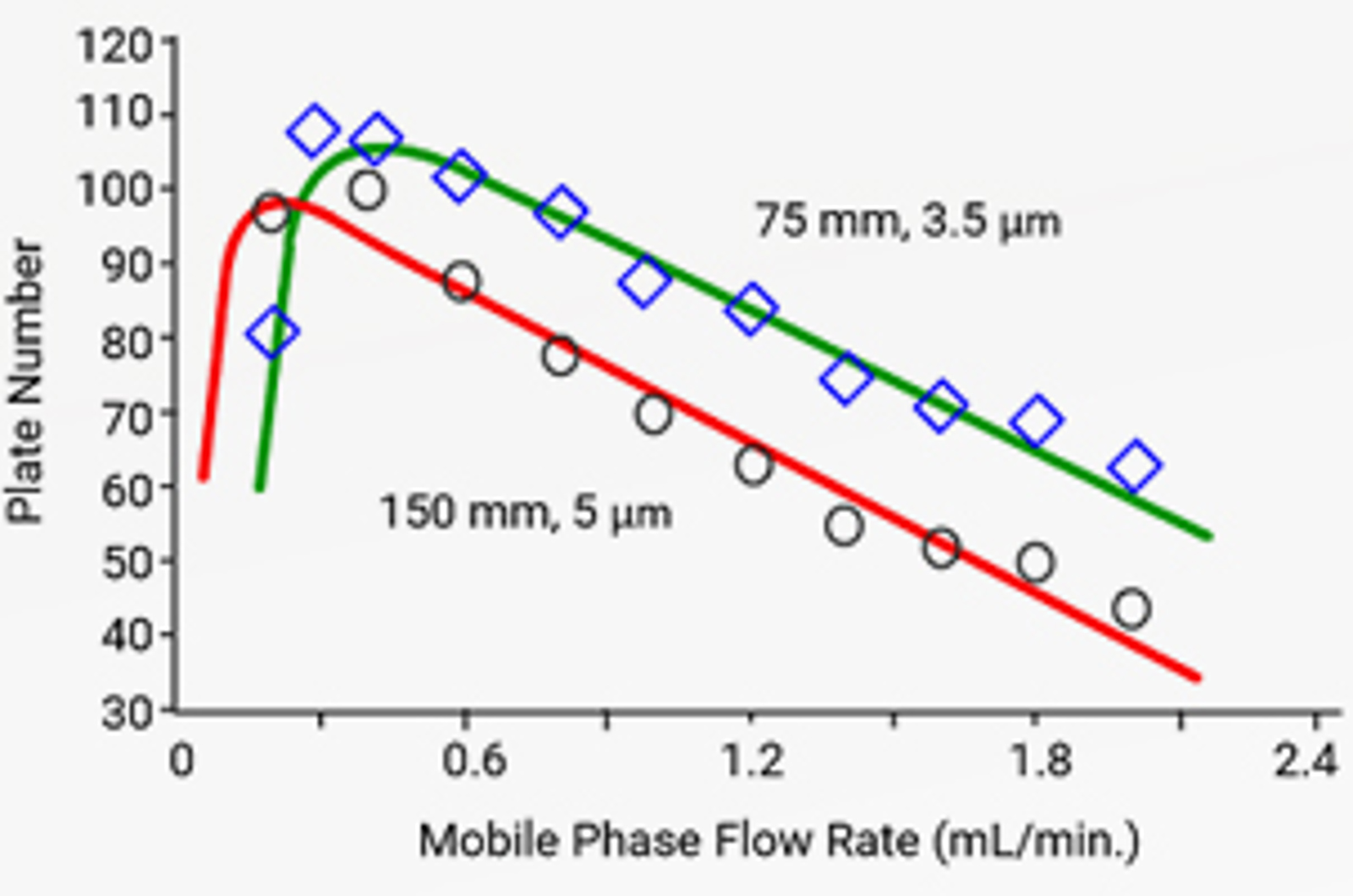
HPLC Column Chemistry
The aim of this module is to introduce silica as a major stationary phase support for reversed phase HPLC separations and for normal phase applications. The use of bonded phases in various chromatographic applications, and the influence of surface silica silanol groups on chromatographic separations is illustrated. Modern bonded phases that give an advantage to today’s chromatographer are introduced.
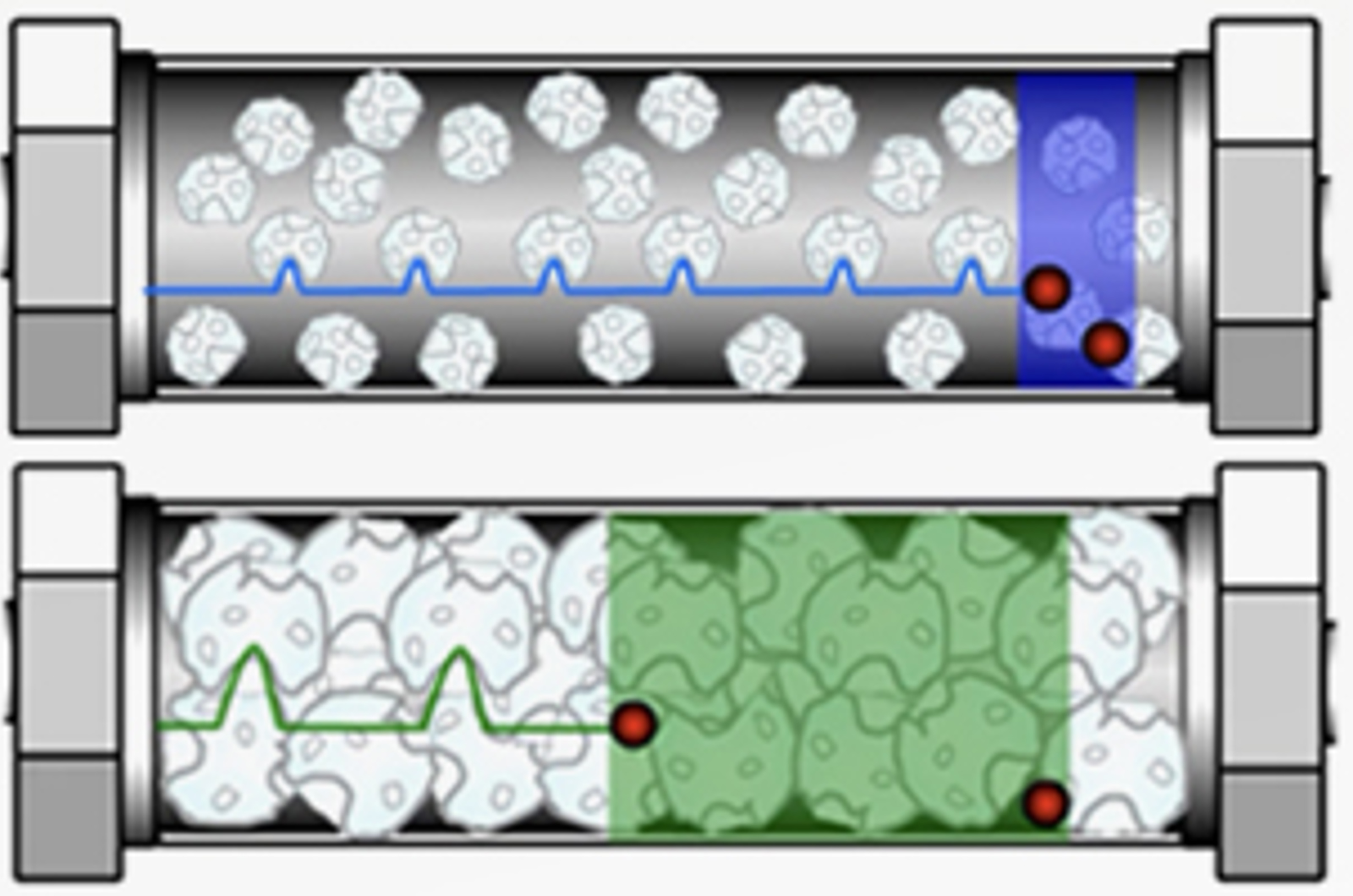
HPLC Band Broadening
The aim of this module is to illustrate the principle of band broadening in HPLC. The van Deemter equation and the terms of the equation will be defined and explained. The effects of eddy diffusion, longitudinal diffusion, and mass transfer on the efficiency of chromatographic peaks will be explored.
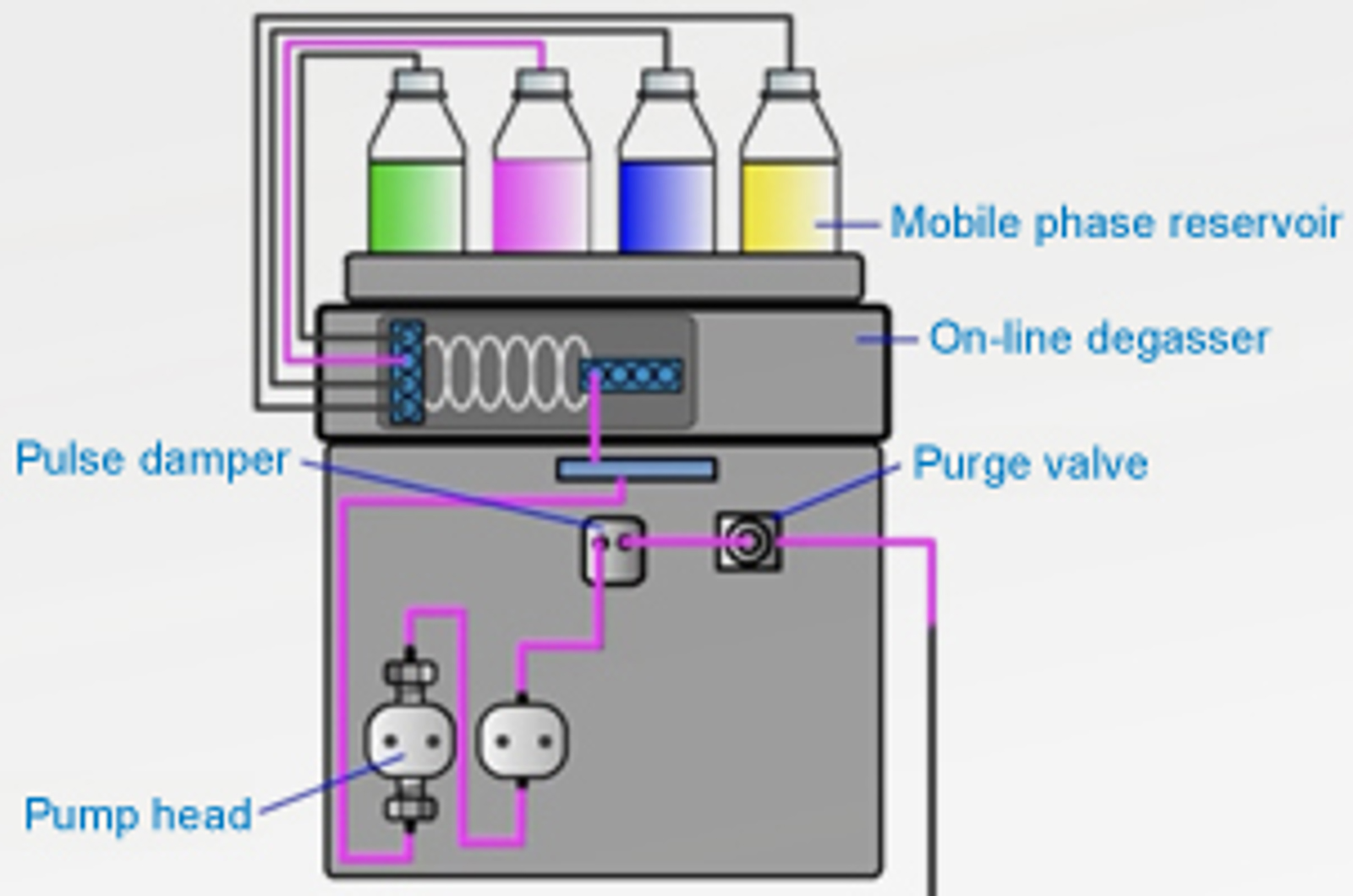
Mobile Phase Considerations
The aim of this module is to explain the purpose of the mobile phase in HPLC. Topics include the best way to prepare mobile phase, potential problems caused by improper preparation and use of mobile phases, and the way that mobile phase composition effects retention and selectivity in reverse phase HPLC.
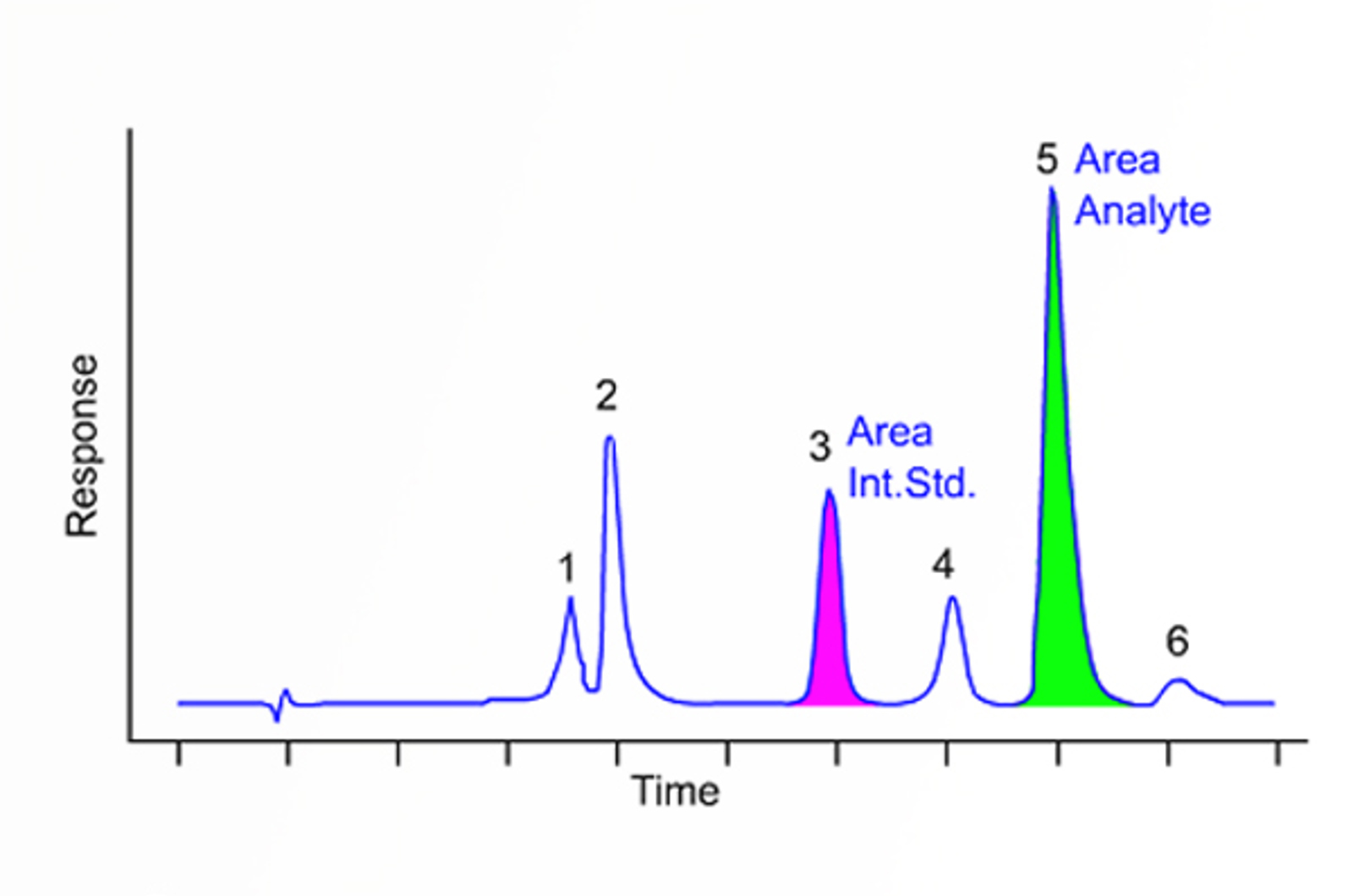
Quantitative and Qualitative HPLC
The aim of this module is to define quantitative HPLC and explain the information that can be derived from this type of HPLC analysis. We highlight the principles of peak identification and analyte characterization from a practical perspective.
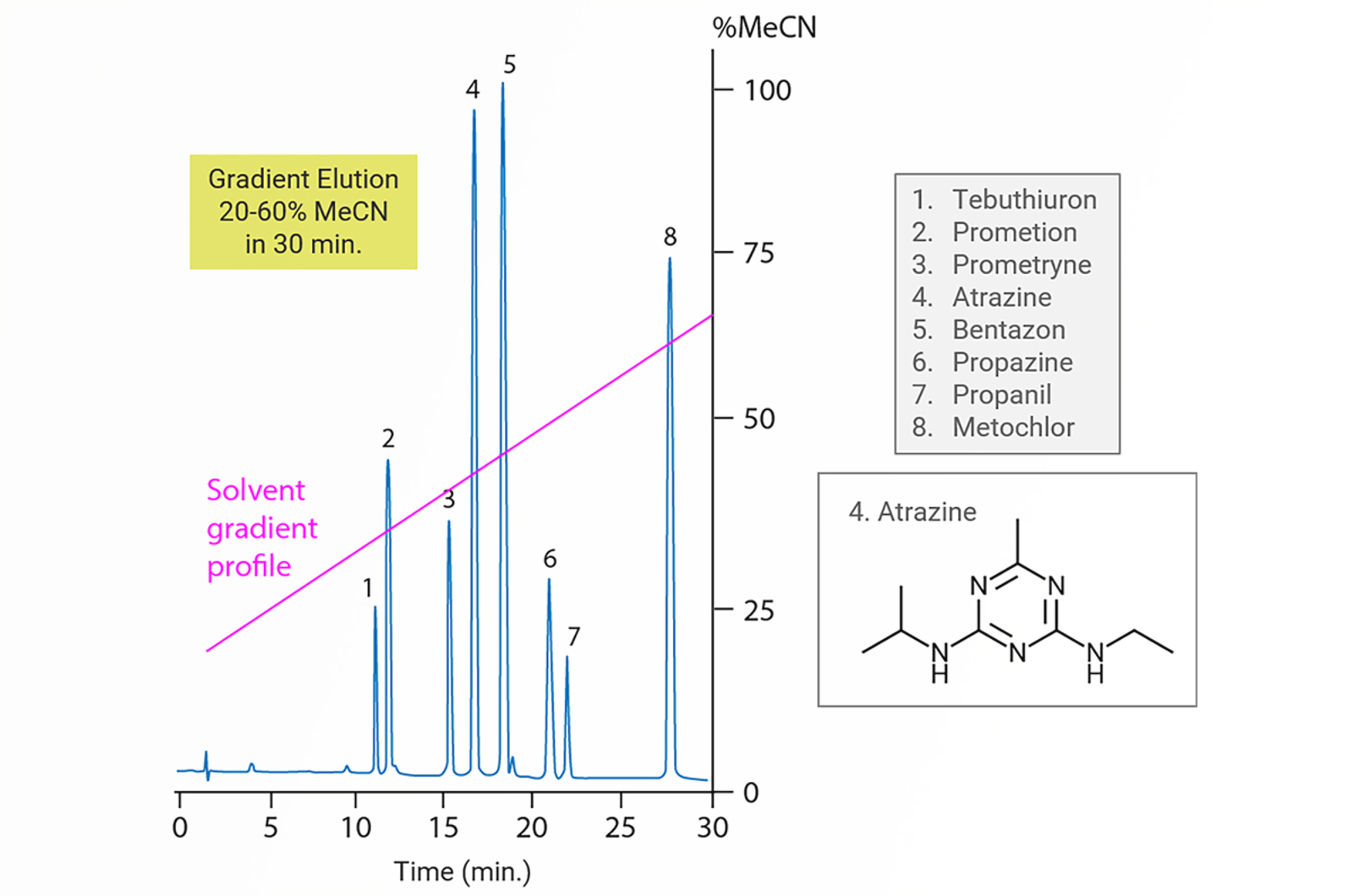
Gradient HPLC
The aim of this module is to explain the problems that can be encountered when using isocratic HPLC.
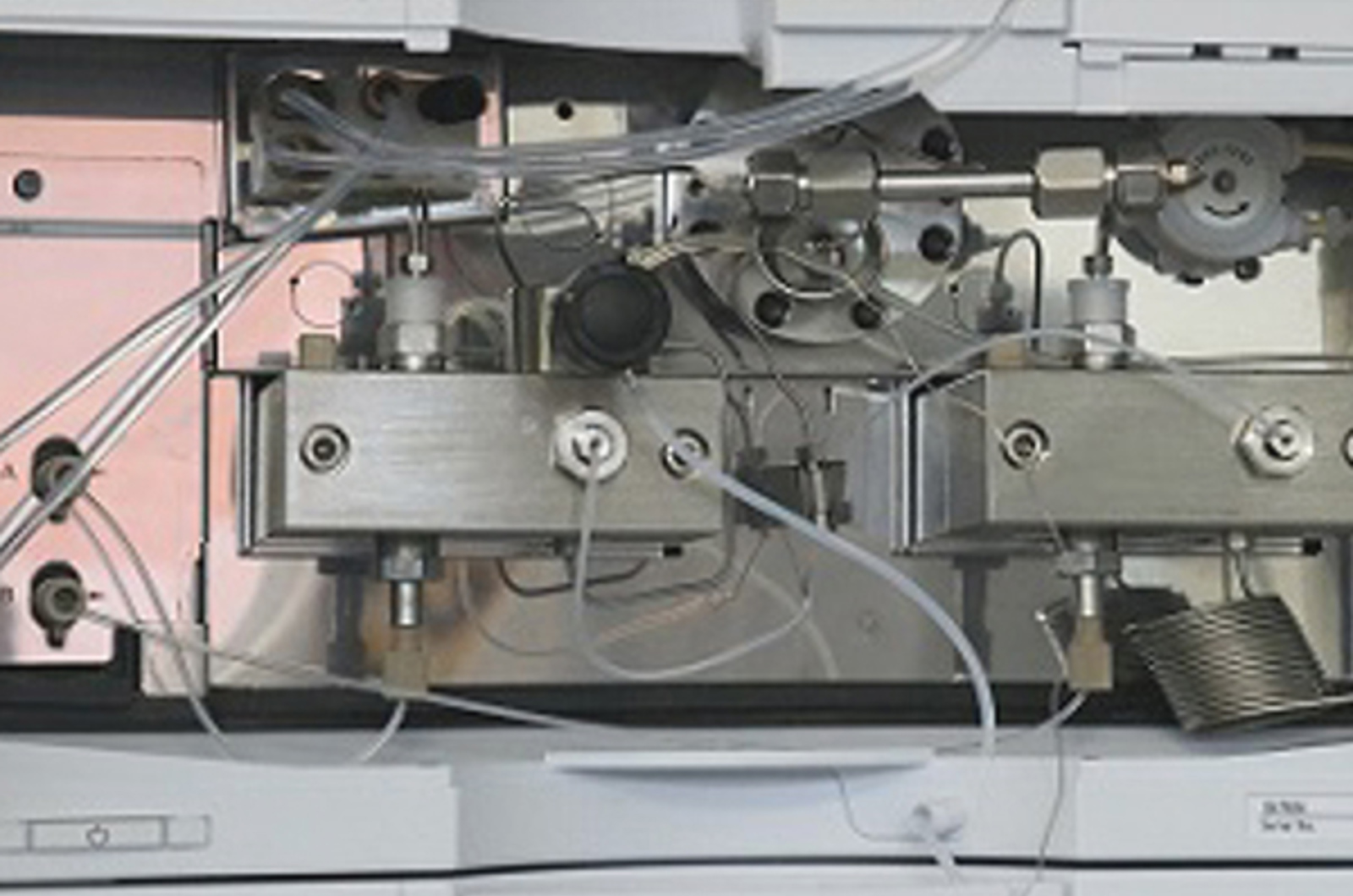
Practical HPLC Video Bootcamp
Join us for a little over an hour on this step-by-step guide through setting up an HPLC instrument. Avoid common errors and pitfalls and understand every step of the process to get your instrument set up correctly every time, decrease down-time, and reduce the risk of re-analysis.
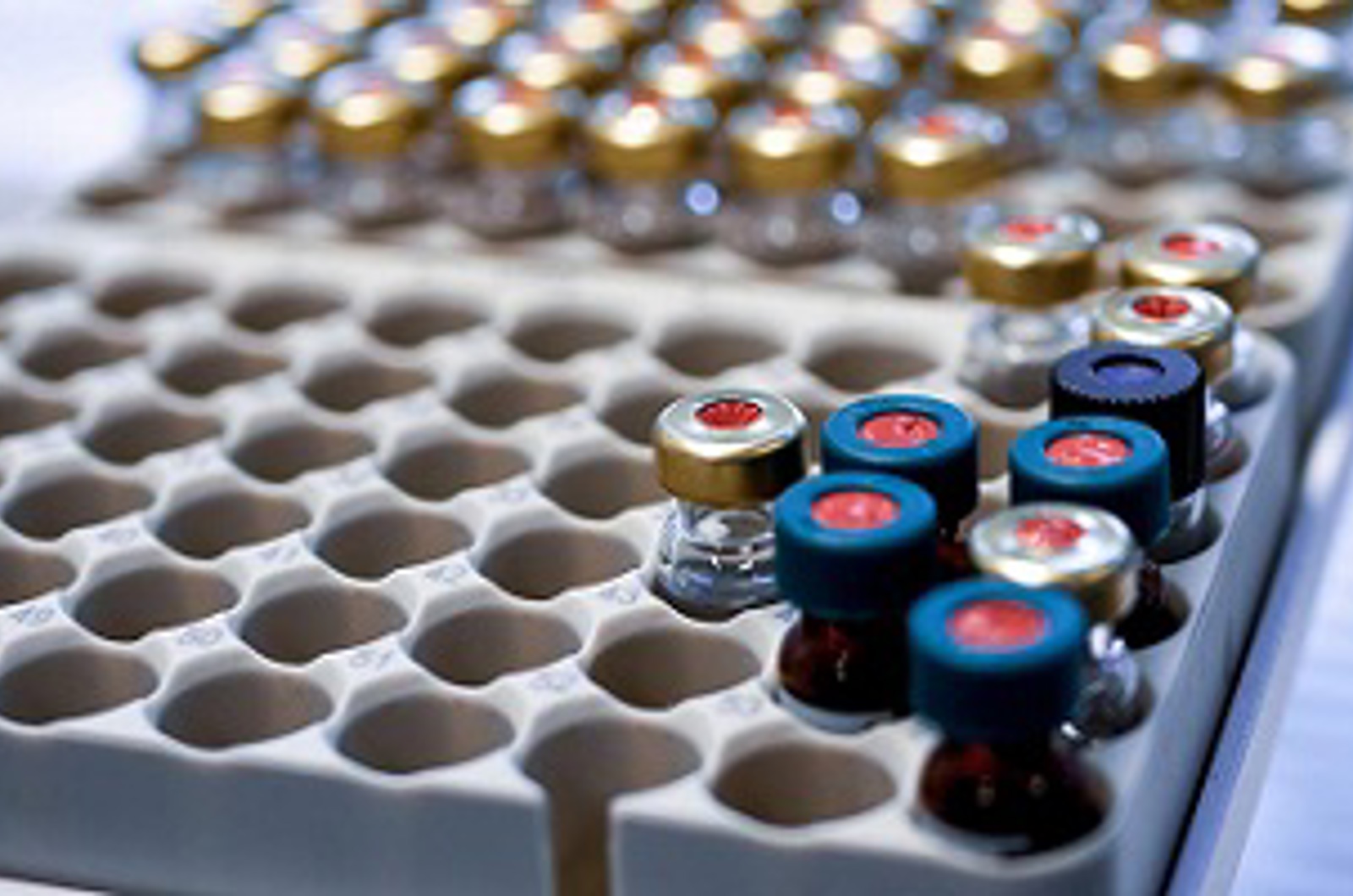
HPLC Method Review and Workload Planning
In this module an experienced analyst takes you step-by-step through the process of how we do this. We'll look in detail at every part of what appears to be a straightforward HPLC method, paying particular attention to the many areas which carry a high risk of error and how we can plan our work to minimize many of these common errors.
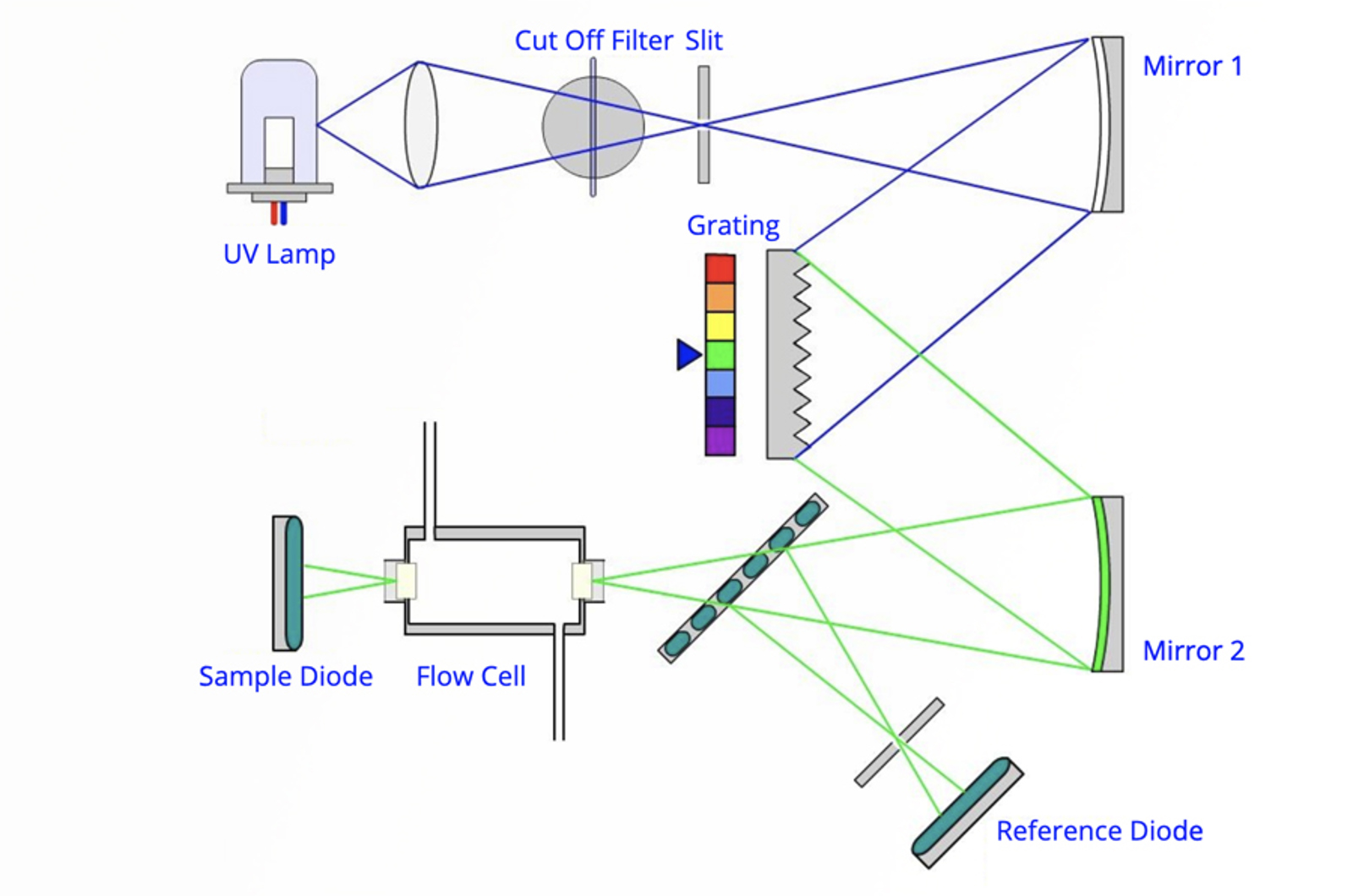
HPLC Detectors
The aim of this module is to describe the purpose and general operating principles of detectors for HPLC. The general terms and concepts by which detector operation and performance are outlined. Specific operating principles of a range detectors for HPLC are covered, including UV-visible, refractive index, and fluorescence detectors.
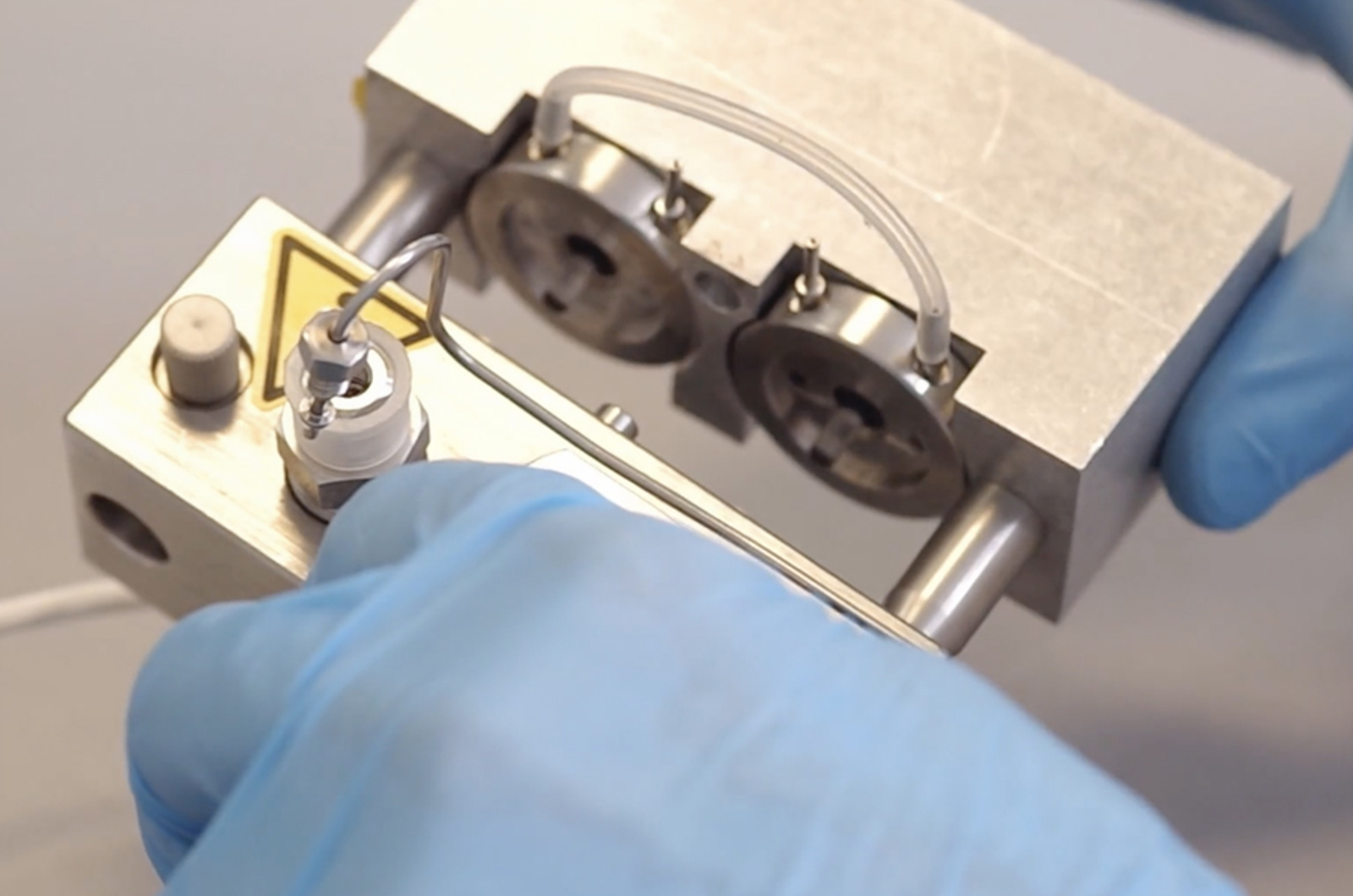
Practical HPLC Video Maintenance
This practical user maintenance module covers common HPLC maintenance operations. The video content demonstrated in this module will allow you to better care for and set up your instruments, which ensures they function correctly and produce the best possible data.

